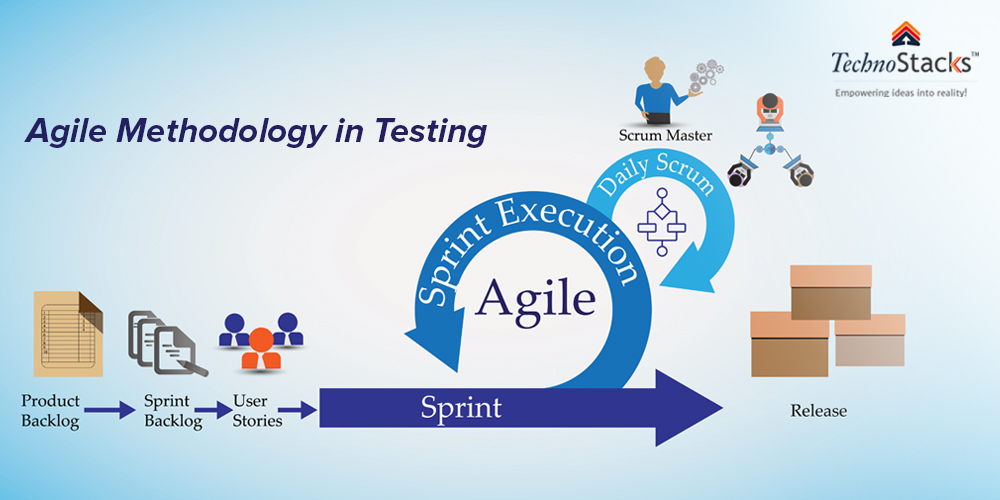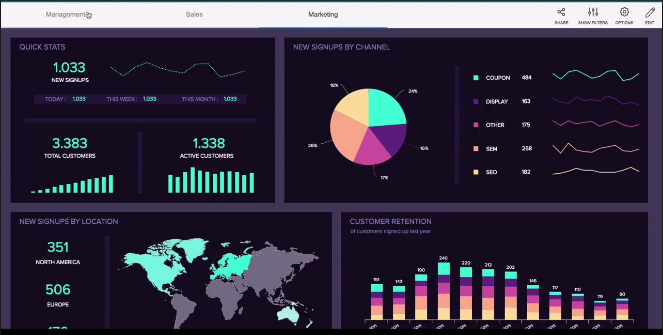5 Steps You Can Take to Truly Understand Your Business

At a glance, it might seem strange to suggest that you do not understand your business. If you do not, who does? Nobody but you are in a position to accumulate all of the data lingering in various corners of your operations in order to take a more statistical approach – giving you a quantifiable path towards ironing out the kinks and refining your business towards its best self.
The first step is understanding, though. These directions and methods can have a bigger impact than simply giving you more information, making each one well worth the full exploration of what it has to offer.
Table of Contents
Customer Feedback
This might be most true of customer feedback – gaining it not only gives you a clearer insight as to where your business could improve, but it can also help strengthen your bond with your audiences. Providing your customers or clients with the chance to have their say and provide their input is something that is going to be important to a lot of people, and it also gives them a chance to tell you everything that they love about your brand, as well as the opposite. That is not just an affirmation of what they like about you. That too, is valuable information that can be used to inform your next decision – letting you know what to keep when making changes.
One of the great advantages of customer feedback as a way to retrieve information is that it can be done physically or digitally. For distribution and collection, you might find it more convenient to provide links to feedback forms through your website or social media channels – wherever you feel your customers will be most likely to see it.
Internal Analysis
For many, the most sensible answer to this question will be to analyze your business data – getting a sense of how many customers and audience members interact with your various tools and marketing campaigns to make plans about your future. An API manager can be a good way to go about this due to how it allows you direct oversight of the various APIs that you have installed throughout your websites or apps, giving you an understanding of which are the most successful and which might need tweaking in order to see improved traffic or results.
Several different types of software can help you to reach a similar end. Sometimes, this data might refer less to how your business and brand interacts with customers and instead to how it functions internally – turning your attention to resources that you could cut down on or how you could modify the working structure of your business to encourage more productivity – even if that means making some larger changes, such as shifting to a remote working or flexible model, it’s something potentially worth looking into.
Read Reviews
In many ways, it can be easy to think of reviews as being similar to customer feedback. However, unlike customer feedback, online reviews are often intended for prospective customers, instead of for the brand. It is in your interest to try and keep these reviews as positive as possible, of course. You might find that managing to score consistently high reviews across the board functions similarly to good word-of-mouth marketing. In this case, though, reviews can also be very valuable for you, as they can help you better understand people’s thoughts about their experience with you. It’s easy to look at the score out of five that they ultimately gave you, but the more valuable information comes in the qualitative words
This can help you to also get a sense of what niche your brand falls into in the landscape as a whole. Are you the option that people go to due to the lower prices you offer compared to your competitors? Or are you perhaps the more exclusive and rare option that might cost more but can guarantee a good result? The answer to this probably won’t surprise you, but it is worth examining how it compares with your intention and perception of your brand.
Business Reports and Analysis
Your employees and your customers are two different groups of people who will have opinions and information to offer you and your brand – though these perspectives might be coming from two opposing sides. A third group exists, however, the world of analysts and business-minded people who make it their own business to understand the professional landscape. Understanding how your business fits into the overall picture by getting a more ‘expert’ opinion might help you better contextualize the feedback you’ve received from other sources.
That is an important factor to consider, though. Any of these sources of information is important and can provide insight, but only together might you be able to put together a clear picture of what your business is struggling with and how you can improve your situation.
The Financial Statements
As obvious as it might sound, a lot of information regarding the success of your business can be found by going through the financial history of what you have accomplished, and where your business has struggled. Noticing a drop-off at one time or another might simply be an anomaly – or something that you could chalk up to specific changes within the industry. However, if that drop-off marked the beginning of a lower amount of income, you might be able to trace where this came from and why. Sometimes, this might not be due to anything that you did wrong, as external factors like a change in buying habits, and changes in the industry still apply, but that does not mean that you cannot change your own direction to bolster the impacts of this.
Having a financial team, either in-house, or outsourced to an external company to help you work through this might help you understand the financial component of your business with the highest level of clarity and prevent you from making judgments based on incomplete information.





